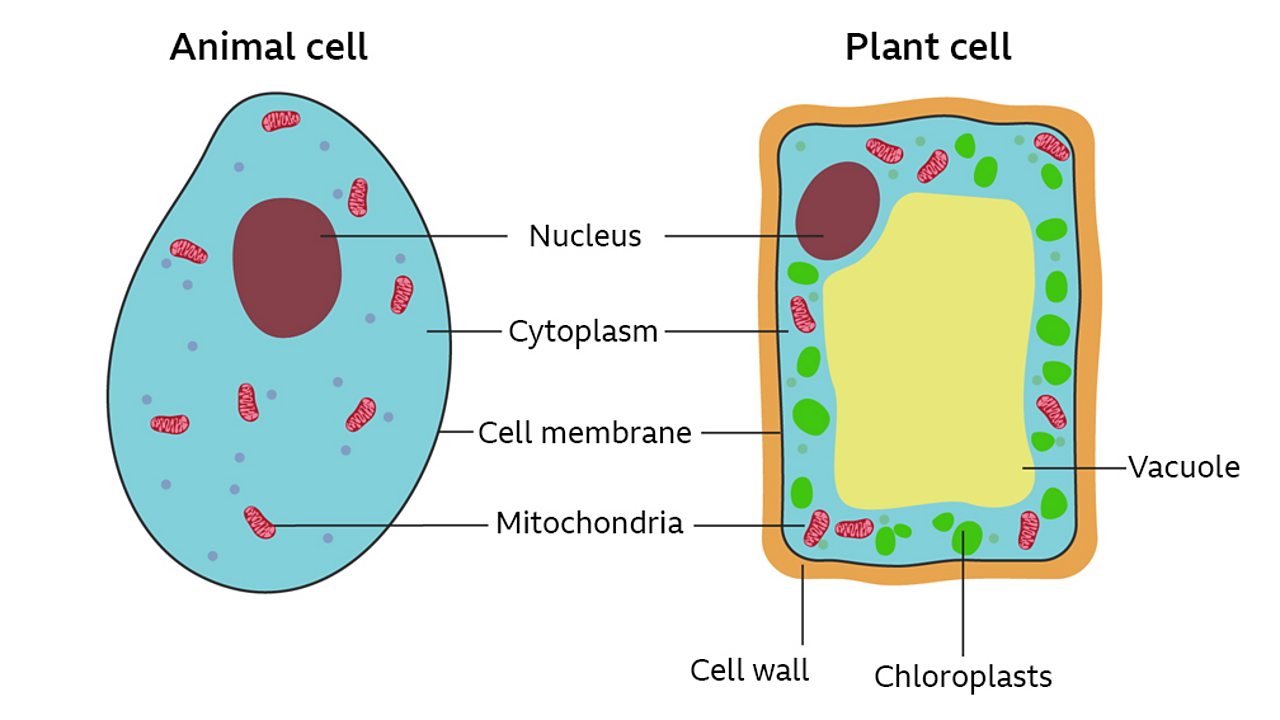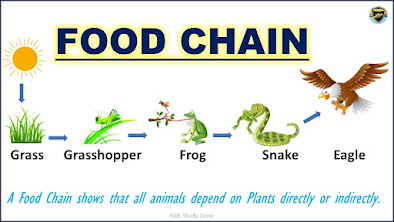3- The five kingdoms
3-2. Protist Kingdom
- They can be unicellular or multicellular.
- They have a nucleus .
- They are usually found in water or damp environments
- Algae and amoebae belong to the Protist Kingdom.
3-3. Fungi Kingdom
- Fungi are found all over the world, in all environments.
- Some are very small but others form large structures.
- Their cells have a nucleus
- They can be unicellular or multicellular.
- Some fungi such as mushrooms can be eaten; others such as yeast are used to make bread.
- Fungi help with decomposition, which is vital for the environment.
- All organisms in the Plant kingdoms are multicellular and their cells have a nucleus.
- Plants produce their own food using energy from the Sun. This process is called photosynthesis.
- Plants do not move from place to place, but they react to stimuli such as light and water.
- Plants are classified according to how they reproduce:
1-Flowering plants produce flowers in order to reproduce sexually . The flowers produce seeds within a fruit to reproduce. They represent the largest and most diverse group within the kingdom.
3-5. Animal Kingdom
- Animals cannot produce their own food; they feed off other living organisms.
- Most animals can move about and interact with their environment.
- Animals are classified according to their body structure:
1-Invertebrates are animals that do not have an internal skeleton. They include insects, worms, jellyfish, snails and starfish.
2-Vertebrates are animals with an internal skeleton. They include fish, birds, amphibians, reptiles and mammals. Most vertebrates have a well-developed nervous system, which means they can develop a brain and intelligence.



























:max_bytes(150000):strip_icc():format(webp)/animal-cells-vs-plant-cells-373375_final-5b462d7fc9e77c00375014f1.png)







